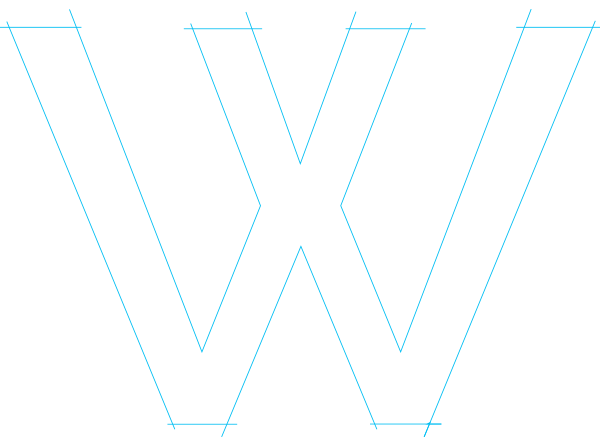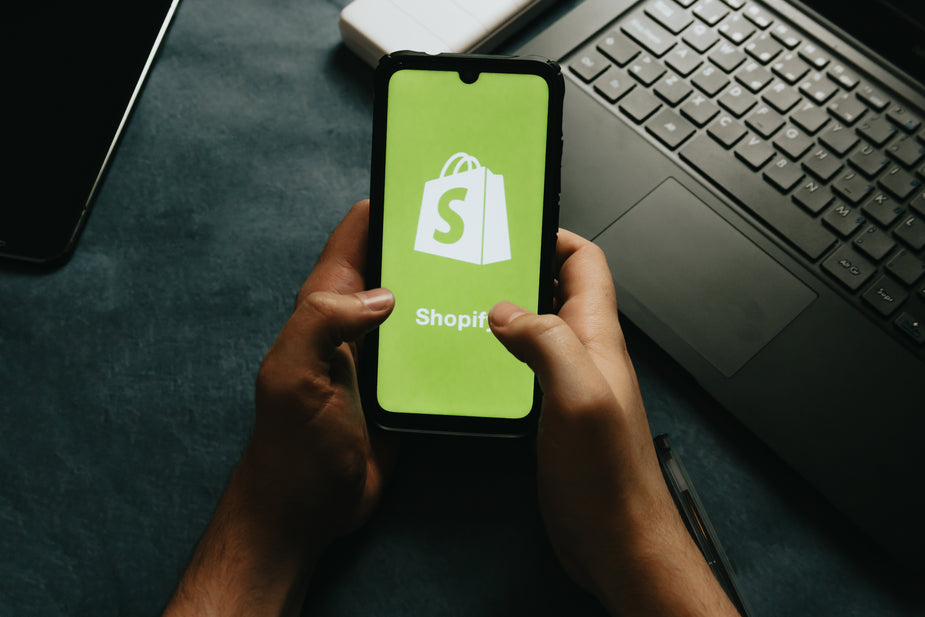Use These 5 Call to Action Tips to Improve Your Store’s Conversions
Did you know most businesses don’t even have a call to action (CTA) on their website?
According to a study by Small Business Trends, 70% of businesses don’t have a single call to action on their site.
If you’re reading this, chances are—you’re one of the 30% who already does.
But… just having any old call to action isn’t enough if you want to turn site visitors into customers.
Before you start thinking about conversion optimization, you need to know the basics, such as how to create effective calls to action.
In this article, we’ll show you 5 tips to improve your CTA to improve your store’s conversions.
1. Think About the Funnel
Before you think about the psychology of how to improve your call to action, you need to take a step back.
Think about what stage of the funnel you’re working on.
A funnel—or sales funnel—refers to the path a customer takes towards a purchase. Here are the 3 main stages:
● Top of the funnel: where people start learning about your product or brand
● Middle of the funnel: where people are gaining interest and thinking about making a decision on your solution
● Bottom of the funnel: the action stage, where people are ready to make a purchase
Your call to action will vary depending on what stage of the funnel your prospect is at. Someone reading your blog post for the first time will respond differently to a “Buy Now” call to action than a CTA to join your email list.
2. Make Your Top of Funnel Offers Low Risk
You need to make it easy for potential customers to engage with your online store.
People are more likely to click a button that won’t cost them a dime when they’re just getting to know you.
Try to make a high value offer in return for something simple and low effort on the prospect’s part. This could be giving them a 15% discount on their first purchase for an email sign up or a social follow.
This is a no-risk offer to your audience. They don’t have to commit to giving you money. They’re simply giving you their email for a lower-priced product if they choose to shop with you.
3. Test Different Button Colors
There is no definitive button color that converts better than every other color.
But, certain colors tend to convert better for different brands.
That’s why it’s important to start testing a few different colors on your call to action buttons to see what works best.
Here are a few tips to keep in mind when choosing a color for your CTA:
● Select a color that isn’t too similar to the background so it stands out
● Use white space outside of your CTA to make it clear where someone needs to click
● Don’t get too wild with multiple colors and animations—simple is better
4. Simple Button, Simple Copy
While it’s important to test out different colors with your CTAs, you still need to make sure you don’t get too crazy with your buttons.
It only takes a few seconds for a site visitor to form an opinion about your ad or website.
You need to make sure it’s eye-catching. But, you always want to make sure it’s not complicated, cluttered, or confusing.
Keep your copy short and sweet. Create a simple button with an easy-to-read font and few colors.
While you want to grab your visitor’s attention, you also want them to understand very quickly what action they’re supposed to take.
5. Try to Keep it Above the Fold
The term “above the fold” is a term from the newspaper industry.
Newspaper companies would make sure their most important stories showed up on the top half of the front of the newspaper. On the front fold.
“Below the fold” is the area on your website you can’t see unless you start scrolling down.
You need to be able to capture your site visitor’s attention above the fold. This will increase the odds they’ll continue navigating through your store.
Put your call to action front and center—whether it’s to visit your shop, check out a certain product, read a blog post, or sign up to your newsletter.
The same holds true not just for your home page, but for every page on your site.
Remember to keep in mind what stage of the funnel your site visitors are on. If they’re on your home page, they might be a new visitor you’ll want to turn into a lead.
If they’re in your shop, you might want to show off a few photos of your best sellers with a call to action to take a look.
If they’re on a product page, then your “Add to Cart button should be most prominent.








